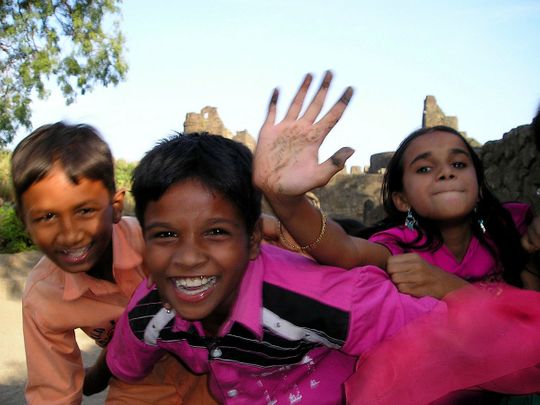
“Everyone has a story,” we friends agree, as we walk on either side of the road, keeping our distance from each other. “Wouldn’t it be nice if we put it down for our children to read?”
In our rather small housing community, we have residents from different parts of the country. Most of us share the common thread of service as members of the armed forces and we have things we share from our adult lives: we may even have been in the same military stations at different times and have more or less similar memories of them.
Our childhoods, however, were very different: some of us grew up on estates, some of us were children of service personnel, some come from farming communities, some from business backgrounds, some from small towns and villages, some from metropolitan cities … and that’s where all the interesting stories come from.
Although both have their roots in the agricultural sector, it is difficult for a girl from a village in Punjab, who grew up on a wheat farm and went to a boarding school and then to a residential college, to visualise what life was like for someone who spent her childhood on a spice estate in Kerala and went to a school nearby. And it is even more difficult for their children, who have travelled with them around the country and lived in military cantonments, to visualise how their mothers lived during their childhood and what their dreams and aspirations were.
All of us carry those different stories with us, hesitating to share them with our offspring because we think they may not be interested or they may not understand because it was different from what they were accustomed to, or we feel we would not like our children to know the mischief we got up to when we were young and thus burst that bubble we have created of our extraordinary saintliness …
Our children probably would not have understood or been interested when they were younger, but now, as adults, they enjoy a laugh over the time we lured a sibling into trouble or injured ourselves as we tried to sneak out through the barbed wire or we overate greedily until we were sick during a family wedding or a festival. Our families were larger and some of us lived in joint families or had frequent visits from cousins and aunts and uncles in an inclusive lifestyle that our children were only exposed for short periods of time when we went home on “annual leave” — but were our “adventures” all that different?
Because our children had their share of excitement in desert hamlets, trekked amid mountains and valleys, rode the school bus daily in picturesque riverside and seaside stations and tramped around dusty plains towns, taking it all for granted, unaware that they too were going through something unique and unforgettable. How easy it was for them to explore ancient ruins and monuments or picnic at lakes and dams not very far from where they lived to develop an enduring love of history and geography and architecture. How effortlessly they learnt to swim and ride and have the joy of the outdoors when it was all a part of the lifestyle that was encouraged.
If they, in turn, do not record some of the more memorable moments of their childhoods, how will their offspring (who could, right now, be confined in high rise buildings in front of laptops and smart phones as they attend online classes) get that larger picture and understand how each generation’s habits and ideas were developed?
Yes, all of us agree we should preserve the memories — but do we do it?
Or do we lazily put it off for a time that never comes?
— Cheryl Rao is a writer based in India








